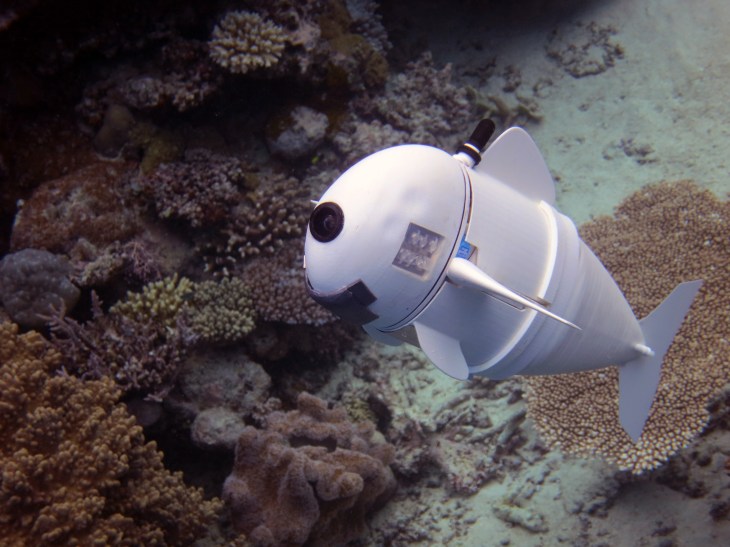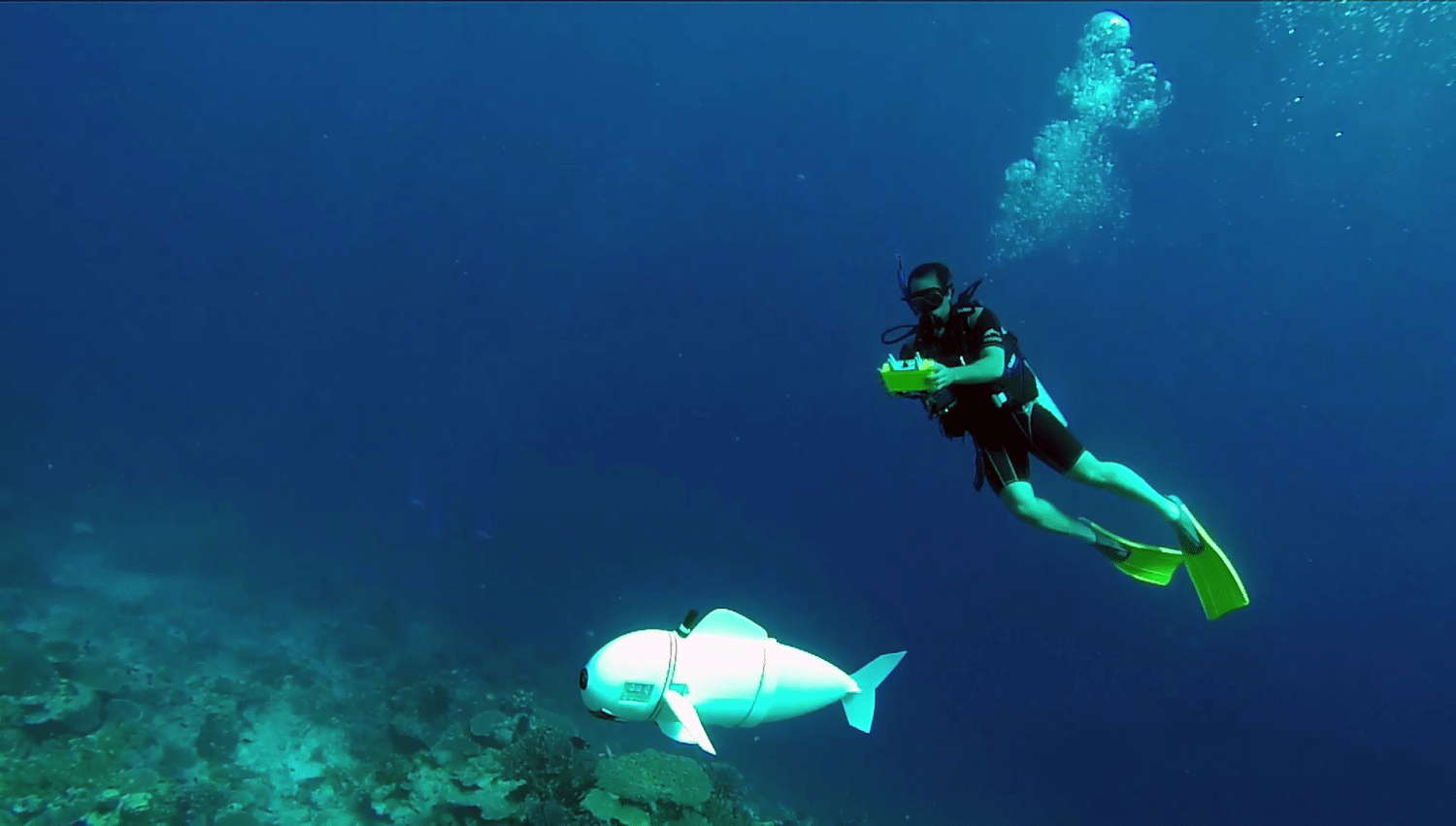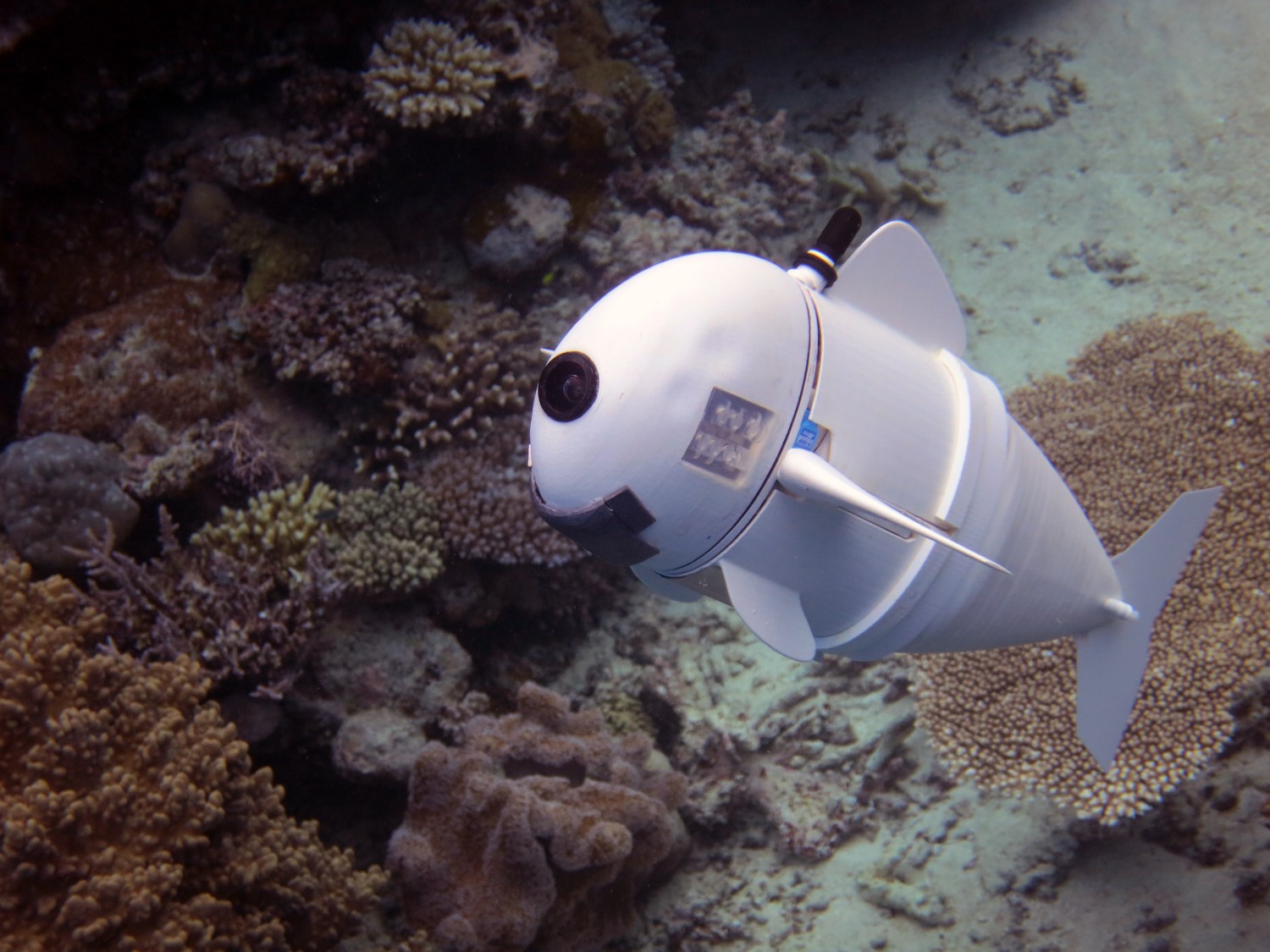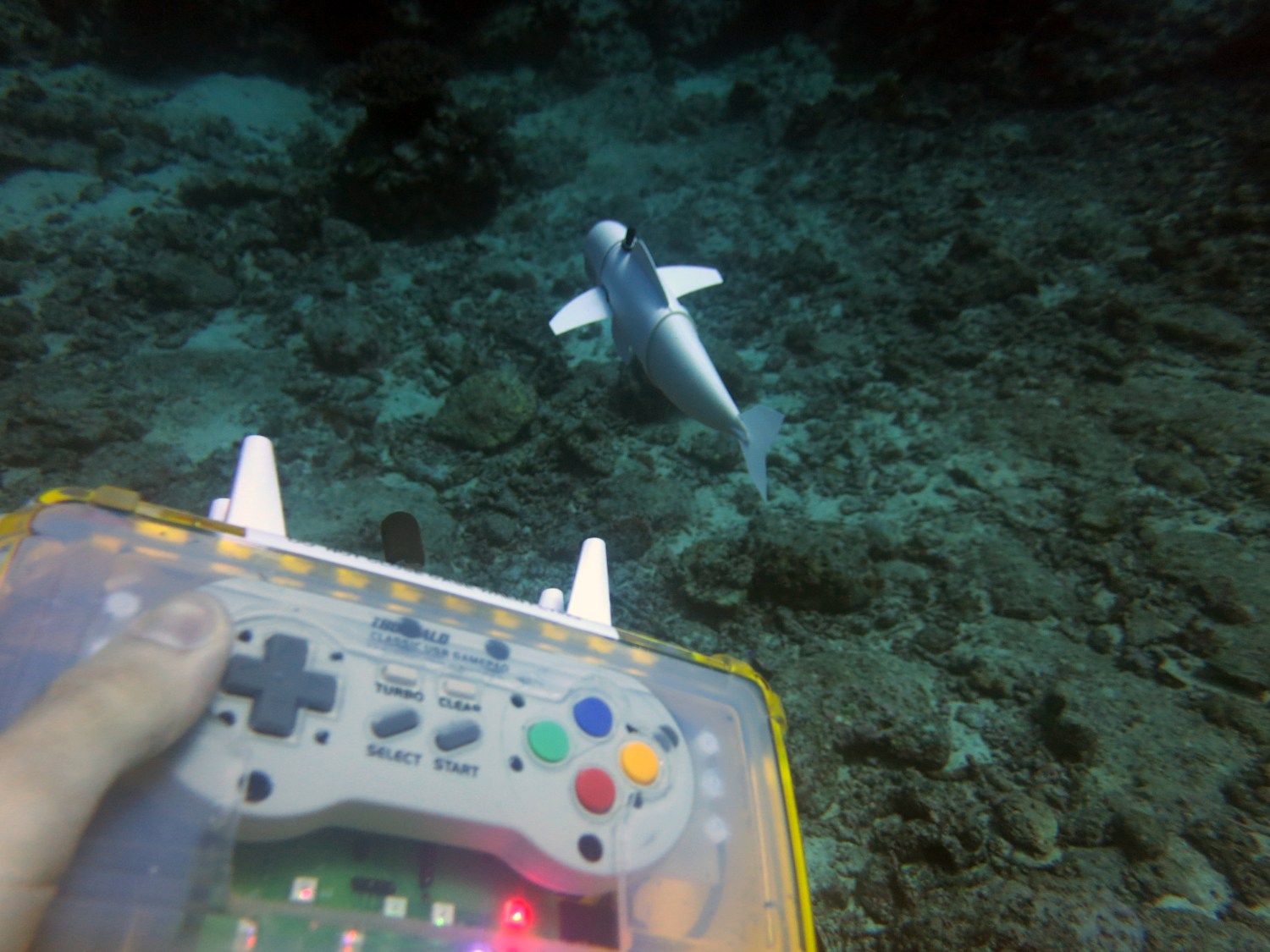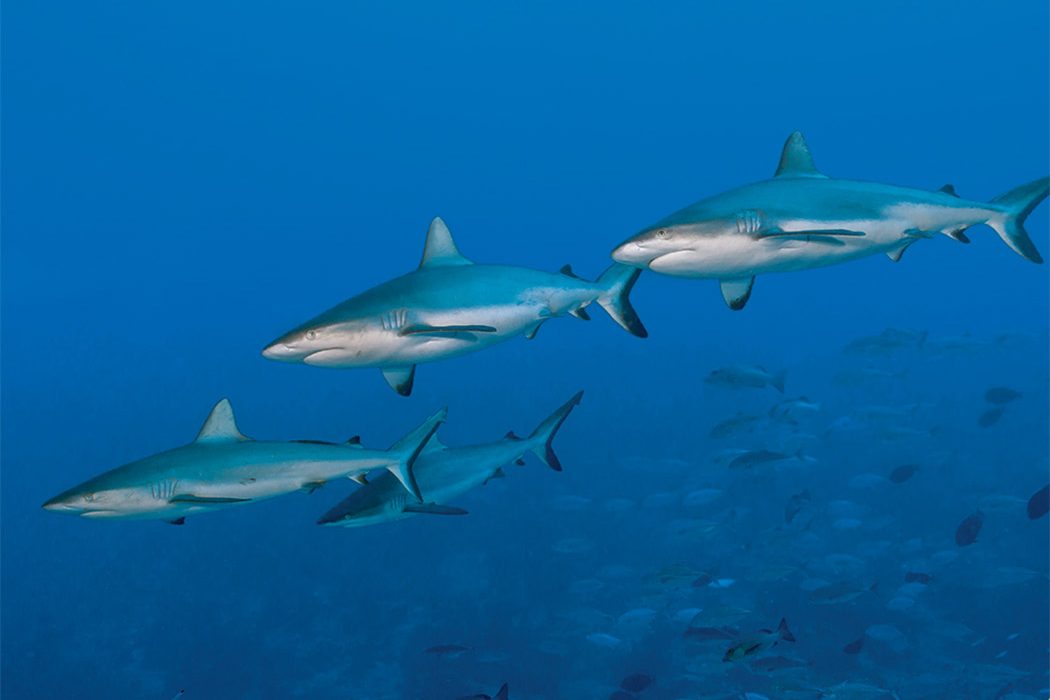“Bula! Bula!” exclaimed a group of eager young girls wrapped in bright smiles and sulus (Fijian sarongs) and adorned with a single frangipani flower behind their ear. “Welcome to Fiji” they chimed as one and offered up leis of red hibiscus flowers as we stood barefoot on the sand of a small island in the South Pacific. Feeling like we had just stepped into a James Michener tale, it seemed that Fiji’s reputation for friendliness was well-deserved. Now all that remained to be seen was whether the undersea realm could live up to its claim of being “the soft coral capital of the Pacific.”
Crossroads of the South Pacific
The Fijian nation is composed of more than 330 islands and thousands of islets strewn across the dreamy Southwestern Pacific. Straddling the international dateline (180th meridian), Fiji is surrounded by excellent company, being roughly centered between the island groups of Tonga, Vanuatu, Samoa and New Caledonia.
Most of Fiji’s island groups are of volcanic origin combined with raised coral limestone and virtually all are at least partially surrounded by fringing or barrier reef. These islands amazingly offer more than 6,900 square miles (17,250 sq km) of rare tropical island beauty for the ardent explorer. For comparison, this landmass is greater than all of Polynesia combined.
The two largest islands, Viti Levu and Vanua Levu, sit to the south and north, respectively, and make up 87 percent of the total landmass. These islands have high central mountains rising more than 4,000 feet (1,211 m), deep tropical valleys, rushing rivers and palm-lined shores.
The smaller islands to the west of Viti Levu are the lower-lying Mamanutha and Yasawa groups that have consistently drier weather than the east. South of Viti Levu, the islands tend to be a bit lusher, including Beqa and Kadavu islands. East of Viti Levu lie the beautiful Lomaiviti and Lau groups, while east of Vanua Levu are found verdant Taveuni and more.
In general, the southeastern portions of the mountainous islands are the greenest and wettest and the northeast is drier and more cloud-free. Thanks to this variety, Fiji is home to more than 3,000 species of plants and 70 species of land birds — almost a third of them endemic.
Unusually situated, Fiji is blessed with a warm, tropical climate without extremes of heat or cold. It can get very mild in the dry season of winter (May to October), while November to April is the summer rainy season when it warms up a bit on both land and sea. Regardless of the season, breezes are ever-present and the conditions vary considerably on different coasts and different islands. Remember, this is the tropics and downpours, as well as sunshine, will occur regardless of season and schedule, so bring a light rain jacket and enjoy whatever happens.
A Blend of Ancient Cultures within the “Cannibal Isles”
The first people to inhabit Viti — the name that became Fiji — were probably those who would become known as Polynesians as early as 1700 B.C. About a thousand years later there are signs that the Melanesians arrived and it was the mingling of these two peoples that gave rise to the modern day Fijians. These early islanders lived by a Polynesian style hierarchy with a tribal turanga or chief and were known as fierce warriors. These warriors sometimes practiced seemingly extreme measures, such as cannibalism, which had an understandably intimidating effect on their foes. At the same time, the Fijians cultivated one of the most artistic and skilled cultures in the South Pacific — even crafting huge 100-foot (30-m) double-hulled oceangoing canoes.
The perilous nature of the reefs and the warlike reputation of the Fijians kept outside influences to a minimum until 1804. It was then that an unlikely visitor in the form of a shipwrecked American sailor brought back word that Vanua Levu was rich with sandalwood growth. Considering that $20,000 worth of sandalwood could be bartered from the Fijians for a few trinkets — it wasn’t long before something akin to a gold rush occurred in the islands until the sandalwood was depleted.
During the 19th century, the relationship between Europeans, Americans, Australians, prominent Tongans and various Fijian rulers, all made for tenuous politics and power struggles. At the same time, this eclectic mix formed marriages and partnerships as often as it created conflicts — adding to the complicated heritage of the Fijian people.
In 1874, Fiji became a British colony and soon afterward thousands of East Indians arrived to work on plantations under a system of indenture. The system was abolished in 1919, but most Indians chose to remain in Fiji and have become almost 50 percent of the population.
Since her independence from Britain in 1970, Fiji has had a few political hiccoughs, but has continued to become an ever more welcoming gateway to the South Pacific for both sailors and world travelers.
Dive and Go to Heaven
Fiji offers truly diverse tropical Pacific diving of such variety that it defies a nutshell description. Topography differs dramatically between sites, as do water conditions and marine life. There are spectacular areas where the currents are reliably gung-ho and the guides’ advice should be given due credence. Not far away there might be equally remarkable sites in “bathtublike” conditions — you will find it all in Fiji.
After your initial landing in Nadi on Viti Levu, the options spread out in every direction. Virtually any coast in Fiji offers something interesting beneath the waves, but most often the visiting diver will probably be looking at areas that might include the Mamanuccas, Rakiraki, Beqa Lagoon, Kadavu, Lomaitivi group, Savu Savu or Taveuni and its neighboring islands. Although several of these locations may require an additional short flight, most diving regions involve a similar amount of travel time to reach.
Renowned Rakiraki and Beqa (ben-ga) Lagoon are each about a three-hour transfer from the airport. Beqa Lagoon has one of the world’s largest barrier reefs and divers come from around the world to photograph little critters within the lagoons’ protected waters. On the outer reef, visibility is beautiful and even schools of pilot whales have been encountered.
Eastern Viti Levu is the gateway to Lomaiviti group. A short flight or drive north of Suva will get you to the exclusive Wakaya or engaging Naigani islands with their own combinations of walls and what we call “cylinder” bommies. These bommies rise from the sea floor with almost vertical walls, but are small enough to spiral for an entire dive. As you work your way gradually shallower, you are confronted by shifting layers of bio-diversity so dense that one feels compelled to start all over again and see what you missed the first time around.
Going just slightly farther afield means taking an extra flight of 20-75 minutes and possibly throwing in a short boat ride. Kadavu Island, which lies due south of Beqa, is a pretty big island, but is traditionally Fijian in nature and seriously laid back…that is until you dive underwater. Resorts are small here, but cater to personalized diving on world-famous Astrolabe reef as well as the incredible array closer to the island.
A short flight northeast of Viti Levu will bring the traveler to the charming small waterfront town of Savu Savu. There is plenty of diving right there, but a beautiful ride up the east coast will uncover a number of fantastic dive resorts ensconced in greenery. Here several operators explore protected sites along the amazing shoreline and weather permitting, make longer runs to more remote but rewarding sites.
The third largest island in Fiji is Taveuni with its stunning rain forests and waterfalls. Small dive operations are strung along the coast and cater to every type of diver and schedule. The focus of the diving on Taveuni is the swift flowing currents of Somo Somo Straits and the famed “Rainbow Reef.” Dives like “The Great White Wall” and many others have understandably taken on legendary status among traveling divers and this area continues to enchant and amaze first-timers.
A 20-minute boat ride off Taveuni’s northeast shore are the smaller islands of Matagi and Qamea, offering a range of diving that also deserves attention. In addition to access to the northern Somo Somo Straits, they have sites that spread far to the north. One of our favorites was the delectable “Yellow Wall” that is carpeted in soft coral as far as the eye can see in every direction.
For the dedicated dive fan, a live-aboard is often a great option in Fiji. There are several live-aboard itineraries to choose from. In addition, you will surely get to some sites rarely visited by land-based operators. A great example are sites called “High-8” and “E-6,” which are actually a huge region of wall that rises up in the center of the Vatu-I-Ra Passage. These are the kinds of dives that are quickly placed on any diver’s list of all-time most spectacular.
Becoming A Little Bit Fijian
By now it should be obvious that Fiji is a spectacularly beautiful destination that begs to be explored. There are countless stunning drives and hikes to be done and on the larger islands, rivers, rain forests and waterfalls are found aplenty. Rafting, seaplane journeys, sea kayak treks, beachcombing and some of the finest surfing in the world are all readily arranged. Even the handicrafts and artwork are unquestionably worth seeking out and making space for in your overstuffed luggage. But by the end of your visit there is really only one essential thing to accomplish — and that is to get to know the Fijians themselves.
If you talk to anyone who has ever visited Fiji, they will invariably describe the rare pleasure of meeting the people. Before you arrive, learn a few traditional words — for instance: Bula! (Hello!) and vanaka vaka levu (thank you very much). Fijians all speak reasonable English, but armed with just these two phrases, you will win over most of the population and receive friendly smiles.
The vast majority of the native population still lives in small villages and the Fijians are wonderfully open about sharing their culture. If you arrange to visit a village, you will be graciously welcomed and may get the opportunity to see traditional crafts in process or sample delicious fare cooked in a lovo (traditional cooking pit covered in banana leaves) or even attend a meke dance (traditional Fijian legends). For some reason, almost all Fijians have exceptional voices and never need an excuse to share a bowl of kava and play some music. Make yourself comfortable around one of these gatherings and you will surely be invited to participate in a kava ceremony. Just try to follow the other participants’ gestures and claps, and you will quickly become the guest of honor. For the more timid, request a “low tide” and you will be blessed with a small bowl — for the more bold, “high tide” will get you approving smiles and laughter all around if you swallow it all without grimacing. As you enjoy the slight numbness that will start to creep into your lips, revel in the fact that you have become a little more a part of this special place…and it has become a part of you.
When it comes time to leave Fiji, regardless of where you have chosen to stay, you may well receive a send-off unlike any you have known. Even as bags are made ready, a guitar will begin to strum while falsetto voices begin to swell. New friends will materialize out of nowhere to bid farewell by way of a song called Isa-lei. It is a song in Fijian that speaks to that wonderful truth — it says that after a visit to Fiji, the islands become a part of you and will draw you back again some day.
No matter how staunch an individual you might be, those heartfelt pacific voices will echo inside you long after the plane has left the ground. And like us, surely you are bound to return some day.
A Fijian Alternative
There are literally dozens of alternatives in choosing accommodations that cater to divers around the Fiji Islands, including every conceivable price range. Western-style lodging is certainly available, if that is preferred, but there are also numerous resorts offering variations on a traditional Fijian style bure. These are beautifully furnished huts or cottages that might include thatched roofs, wonderful natural woods and a dreamy island ambience that perfectly suits the South Pacific environment.
